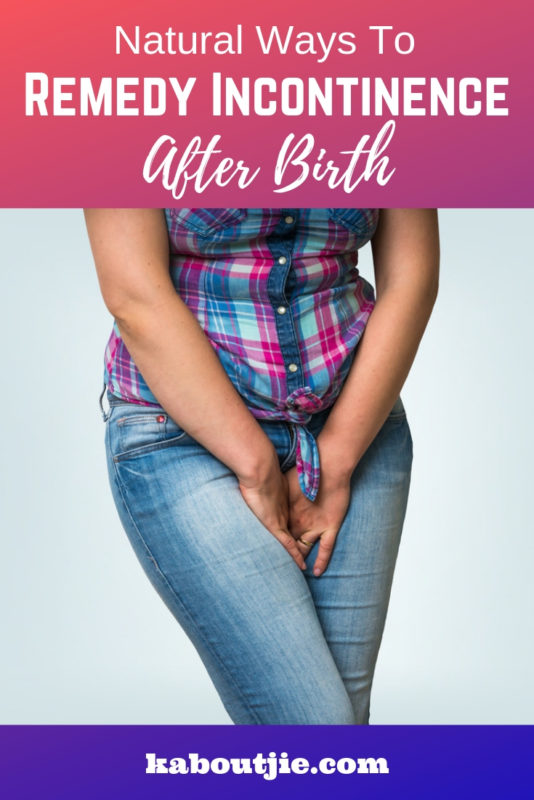
September 7, 2024
Postpartum Urinary Incontinence
Postpartum Treatment Of The Brand-new Mommy Statpearls Ncbi Shelf Words rectal prolapse or rectocele are typically used by medical professionals to explain these modifications in the shape of the vaginal canal. After shipment of a baby, some degree of prolapse is very usual. Nonetheless, in the majority of females these adjustments recover and solve within a couple of months with no therapy. If the problem is severe and does not fix, some fixing could require to be done. For some ladies these harmed muscle mass and ligaments stay weak and do not totally recover.Do Not Stress, It's Common
- If you're not breastfeeding, your periods may return to in between 6 and 8 weeks after your baby's birth.
- This incision, called (midline) episiotomy, is expected to stay clear of subordinate tearing of the vaginal canal or anus as the infant provides.
- The signs eliminate with time, and the body gets to regular within a couple of weeks after the youngster's birth.
- This is the stage when the uterus is going back to its previous state; thus, it is normal to feel this pain.
Bowel Movement And Peeing
After delivery, a mix of blood, mucus and tissue from the uterus appears of the vagina. The discharge changes color and lessens over 4 to 6 weeks after a baby is born. The discharge then slows and comes to be watery till it stops. In the average bladder, the muscle continues to be unwinded while the bladder slowly fills. With urgency urinary incontinence, the muscular tissue agreements prematurely and creates the urge to urinate, in some cases enabling bladder leak. Labor and shipment may stretch, strain and even tear the muscles and the sustaining cells that hold the womb, bladder and anus in their proper place. The nerves might also be stretched and injured, damaging the signals enabling muscular tissues to function correctly. As the infant's head boils down right into the hips, it presses against the muscular tissues that line the within the hips. The farther down the baby's head enters into the pelvis, the greater the stress versus these muscles and hidden nerves. After the cervix is completely dilated, the pressing stage of labor starts. The mom is generally asked to await a contraction to start, then hold her breath, and bear down as hard as she can in order to press the baby out.Just how do I stop dripping after giving birth?
Threat Variables For Urinary Incontinence After Childbirth
The discomfort and concerns generally disappear within weeks of pregnancy. Considering that there is pee leak and bleeding, females are made to put on mesh underwear with big health center pads after shipment. Not many ladies like these panties and thick pads, so packing this necessary is needed. New moms require to wear complete protection pads and girls diapers to handle their urinary incontinence. Researches tell us episiotomy might actually bring about even more damage of the rectal muscle mass. If injury occurs, control of the anal muscular tissues may be partially lost, and urinary incontinence of gas or stool might result. For these factors, it is most likely best not to have a regular episiotomy at the time of distribution. Females need to discuss episiotomy with their physicians prior to the baby schedules. The outcome can be incontinence of pee or feces, or prolapse. Offer postnatal treatment in the very first 24 hr to all mothers and babies despite where the birth occurs.2. Ensure healthy and balanced women and their babies remain at a health care facility for at least 1 day after the distribution. All moms and babies require at least 4 postpartum visits in the very first 6 weeks.4. The American University of Obstetricians and Gynecologists says to make postpartum care a continuous process as opposed to a solitary go to after you deliver. Have contact with your medical care professional by phone or in person within three weeks of distribution. Within 12 weeks of distribution, see your health care specialist for a total check-up. People frequently do not see a healthcare professional up until 4 to 6 weeks after childbirth. As lots of as 40% of individuals don't have a visit with their medical care group whatsoever for an examination after giving birth. Not having the ability to check out a medical care expert and not having insurance coverage to cover the expense are two reasons that Go to this website that see could not occur.Social Links